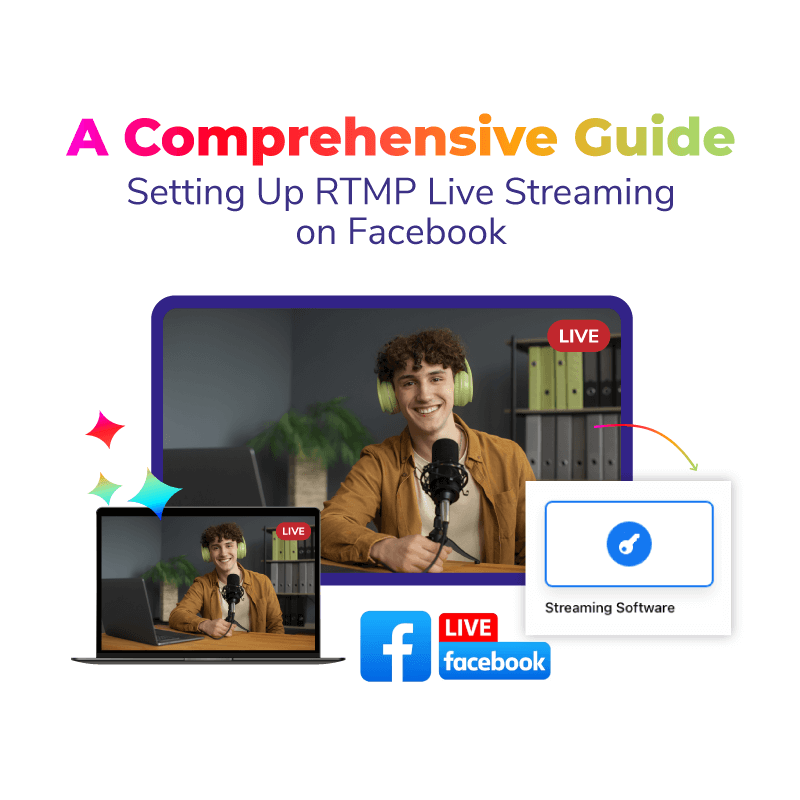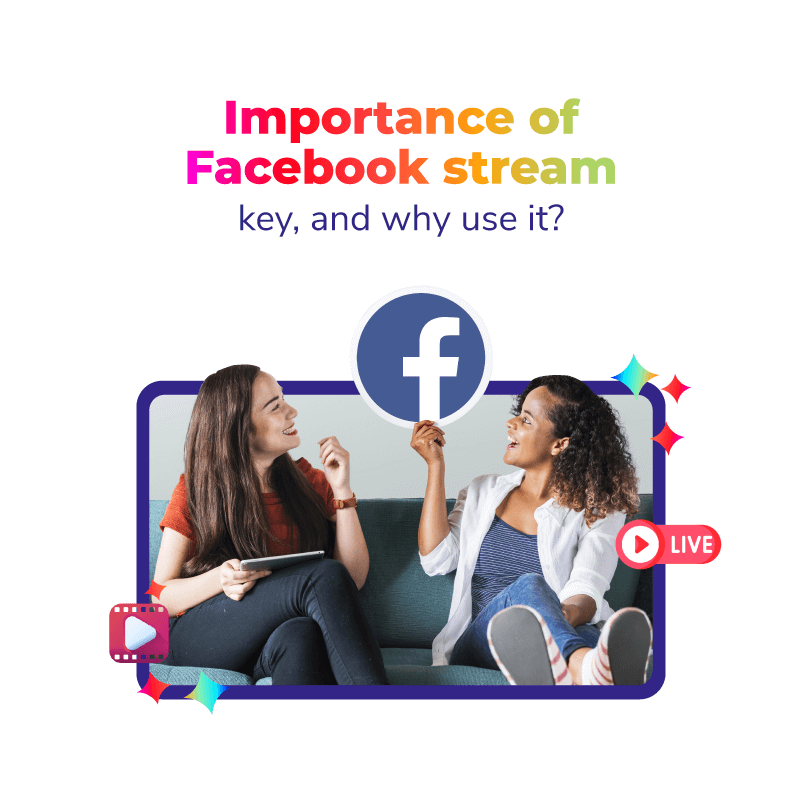Live video streaming is one of the most engaging ways to connect with your audience in 2019. According to statistics, 80% of brand audiences would instead participate in a live stream of the brand than consume any other form of brand posts. Live video has changed the paradigm of brand audiences from consumption to connection.
Facebook Live Streaming and Instagram Live Streaming have become vital parts of the marketing strategy for most brands. These two platforms are in the race to become the top live streaming platform for the years to come. Even though Facebook owns Instagram, there is a vast difference between the live streaming aspects of the two major platforms.
In this blog, we’re going to take a look at how the two platforms are different by going over their similarities, differences and understand the best practices for live webcasting on Facebook and live streaming on Instagram for your brand.
Lastly, the objective of this blog is to demonstrate how to use the differences between the platforms can allow us to fine-tune our live streaming strategies to maximize its impact, reach, and engagement.
Also Read: Virtual Events: Planning, Strategy and Execution
Similarities – Facebook Live and Instagram Live
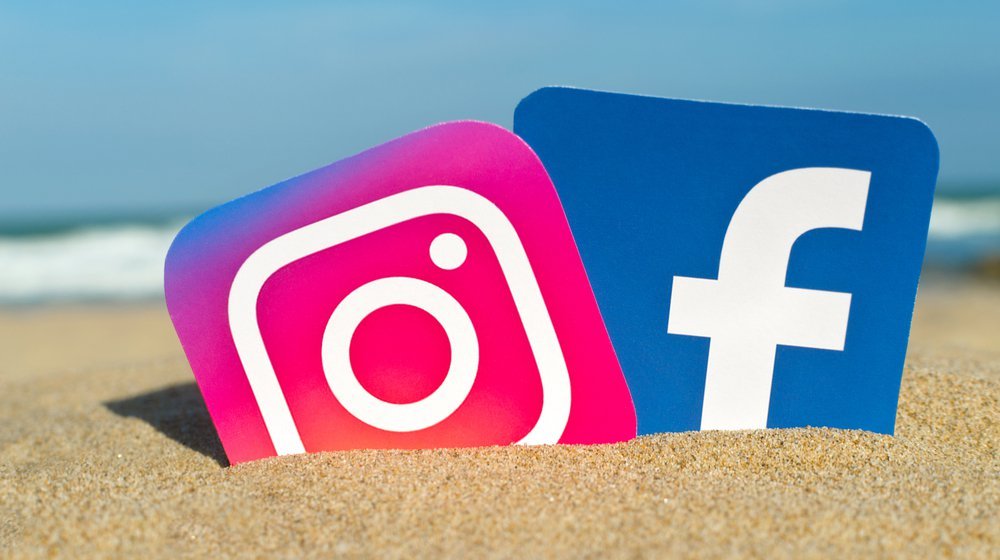
Before we start going over how Facebook Live Streaming and Instagram Live Streaming is different from each other, let’s understand how they are similar. The most apparent similarities between the two platforms are that they both have an ad-platform and are owned by Facebook. However, there are also functional similarities between the two.
- Both of the platforms use push-notifications to followers of your account when you start a live stream.
- Both of them provide detailed analytics of the live video to the streamer at the end of the stream.
- Both of the platforms have in-built tools which allow the live streamer to engage with the audience and vice-versa. The viewers are allowed to submit comments and reactions on the video in real-time which the streamer can incorporate into their live stream.
- Facebook and Instagram both put a lot of attention on live video in general and reward users who go live by providing them with more reach than other users. This is true for Instagram more than Facebook.
The most important similarity is the last point which means live video content gets more engagement and reach on both of them. Since a lot of digital and social media marketing strategies include buying followers or using other inorganic means of growing, live video presents a way to grow the account of your brand in an organic and effective manner.
Differences – Facebook Live Vs Instagram Live
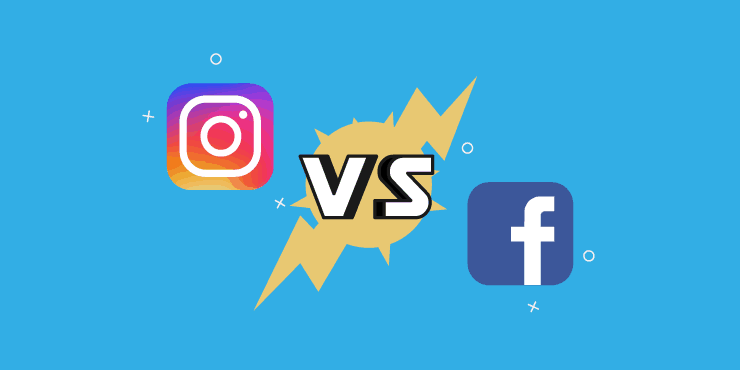
Even though both Instagram Live and Facebook Live are platforms for live video streaming, there are significant differences between the two.
- When you’re live webcasting on Facebook, a lot of your followers will be notified about your live stream but not all of them. Whereas when you’re live streaming on Instagram, not only will your live video reach all your fans but it’ll also be given priority in the stories section of the app and you’ll also have the opportunity to reach new users too who might not be following you.
- After you’ve finished live webcasting on Facebook, you can save the full live stream as it happened or even make it a permanent part of your profile. In the case of Instagram, once you are finished live streaming on Instagram, the video of your live stream wouldn’t be saved for more than 24 hours after the stream and then it’s gone. While you can use Instagram Live streaming services to save the recorded video of your live streams, it is not a feature that comes inbuilt with the platform.
- In essence, the main difference between the two can basically be summed up as – permanence vs reach. While Facebook offers a permanent way to store your live videos and re-use them for content purposes, Instagram offers you more reach so you can connect with users who might not have been your followers in the first place. Here is an ultimate guide to Instagram Live.
Best Practices for Instagram Live

Utilize the Sense of Urgency
As mentioned previously, Instagram does not allow the saved live video to be saved in the platform for more than 24 hours after the stream, it is vital to utilize this sense of urgency in your followers and use it to maximize your live streams on Instagram.
Utilize the Commenting Features of Platform
Instagram Live allows you to do creative things with comments such as pinning a comment which will appear on top of the stream of comments. By utilizing the comment features of the platform correctly, you can create more engagement with your live streams.
Also Read: All About Virtual AGMs
Promote Your Stream Beforehand
Even though Instagram Live will push your live stream ahead of others in the stories section of the app, it is often a good idea to promote your live stream in advance on your Instagram to maximize live stream’s viewership.
People can type questions for you after you upload your Instagram story by clicking the question sticker. You can then respond to the questions in a live Q&A with your followers. This interactive component is perfect for live Q&A sessions, interviews, and presenting the benefits of a product or service.
Respond to the Direct Messages
If any of your viewers sent you a direct message with questions or comments during your Livestream, you should respond as quickly as you can to keep your brand at the top of their minds. To maximize your one-on-one contact, ask questions and get to know them through these direct messages.
Best Practices for Facebook Live

Always post the entire live stream after it is finished
Since Facebook allows you to save your live streams on the platform permanently, it is a good idea to post the entire video of the live stream once the live stream is over. This allows you to reuse the content for other purposes.
Ensure your meta-data is on point for your live videos
When you’re saving the video, it is a good idea to ensure that you have a headline and description for your live video that is on point and informative. By doing this, you’re enabling your viewers to know exactly what the content is about. It is also a good idea to tag any guests that may have been involved in the live stream.
Conclusion
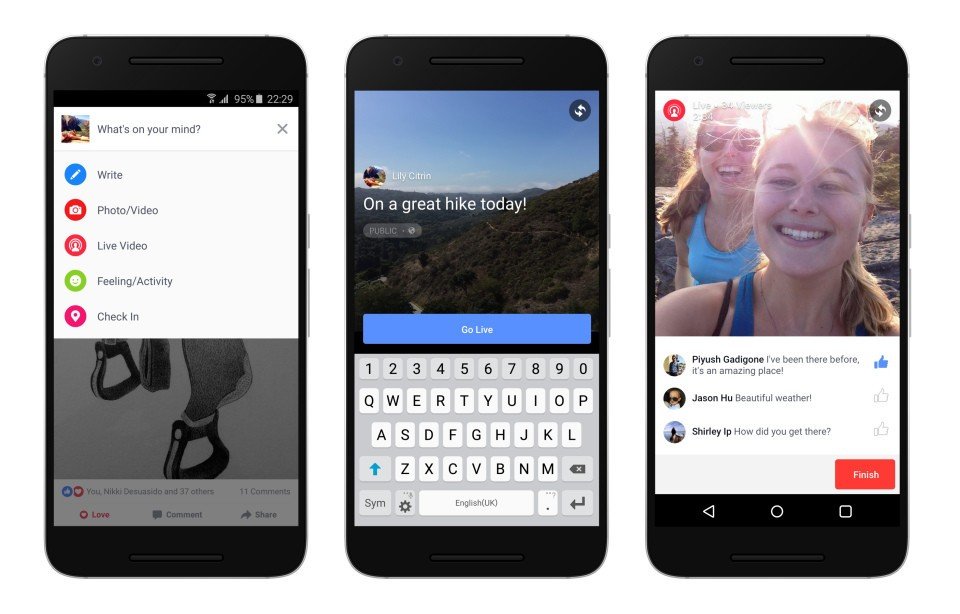
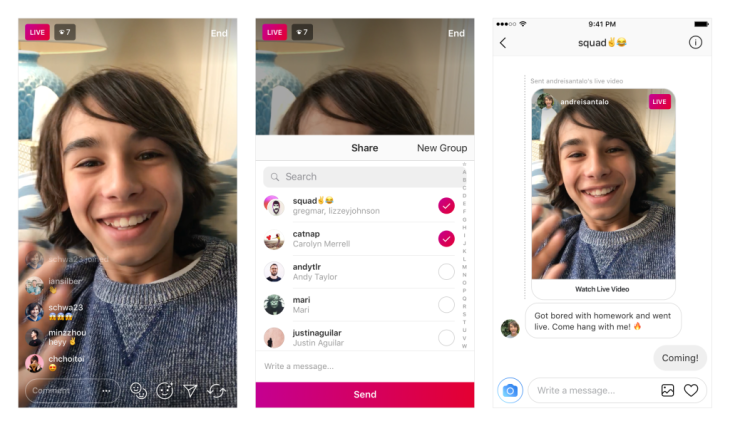
Even though Instagram Live and Facebook Live have a lot of similar features and are essentially owned by the same company, there are different strategies to be applied when it comes to maximizing your live streams in both the platforms.
By focusing on building a platform-specific live streaming strategy, following latest social media marketing trends and using Facebook Live and Instagram Live webcasting solutions, you’re optimizing your live content to reach more people and have a larger impact and digital footprint in the social media platforms.
















